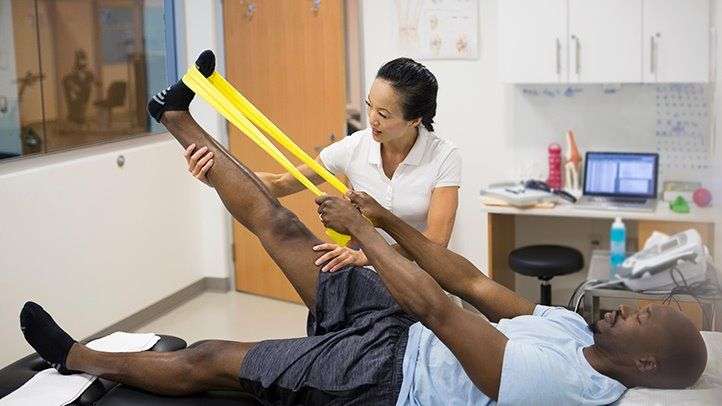Getting access to early, comprehensive, high-intensity rehabilitation can truly make a difference in the recovery of stroke patients. Rehabilitation should not only begin once a patient transitions from the hospital to a physical rehabilitation unit but should be seamlessly integrated from the moment of diagnosis.
The World Stroke Organization (WSO) has been at the forefront of promoting better stroke management practices, particularly in the hyper-acute and acute care phases. Through initiatives like the Angels Initiative, the WSO aims to improve stroke patients’ chances of survival and a disability-free life by implementing stroke pathways and monitoring outcomes.
In South Africa, Life Healthcare has embraced this commitment to stroke care by offering integrated hyperacute and acute care across its facilities. Nina Strydom, a Rehabilitation Support Specialist at Life Healthcare, emphasizes the importance of standardized stroke care to drive optimal clinical outcomes. All acute hospitals under the Stroke Restore program are equipped to provide critical interventions like intravenous thrombolysis and immediate access to neuro-rehabilitative services, including mechanical thrombectomies.
Early identification of strokes and access to stroke-ready hospitals are crucial in improving outcomes for stroke patients. The World Health Organization reports that millions of people are affected by strokes annually, with a significant number facing permanent disability or death. Timely treatment within the first three hours is essential to restore oxygen to the brain and prevent lifelong complications.
In partnership with the Angels Initiative, Life Healthcare is committed to increasing access to stroke-ready hospitals and optimizing the quality of stroke management. Initiatives like FAST Heroes educate the public, especially children, on recognizing stroke symptoms promptly through the FAST acronym – Face drooping, Arm weakness, Speech difficulty, Time to call help.
Comprehensive stroke rehabilitation requires a multidisciplinary approach, with therapists playing a key role in decision-making alongside doctors. Life Rehabilitation units follow an interdisciplinary model to address patients’ holistic needs and facilitate a safe discharge home. From medical management to speech therapy, physiotherapy, occupational therapy, and psychological support, the team collaborates to ensure patients’ successful recovery.
Life Healthcare uses the Functional Independence Measure (FIM) and Functional Assessment Measure (FAM) to assess patients’ progress and tailor treatment plans accordingly. High-intensity rehabilitation programs focus on achieving significant improvements in the early stages of recovery, leading to superior outcomes and efficiency measures.
Industry-leading results from Life Rehabilitation facilities demonstrate substantial improvements in FIM+FAM scores among stroke patients, outperforming industry averages in various categories. The interdisciplinary care approach and seamless integration between acute facilities and rehabilitation centers contribute to better outcomes for complex cases.
Stroke patients and their families are encouraged to educate themselves about strokes, recognize symptoms, and choose healthcare facilities that align with their needs. By being informed and proactive, individuals can make decisions that positively impact their quality of life and recovery journey. Empower yourself with knowledge and take control of your stroke recovery process.







